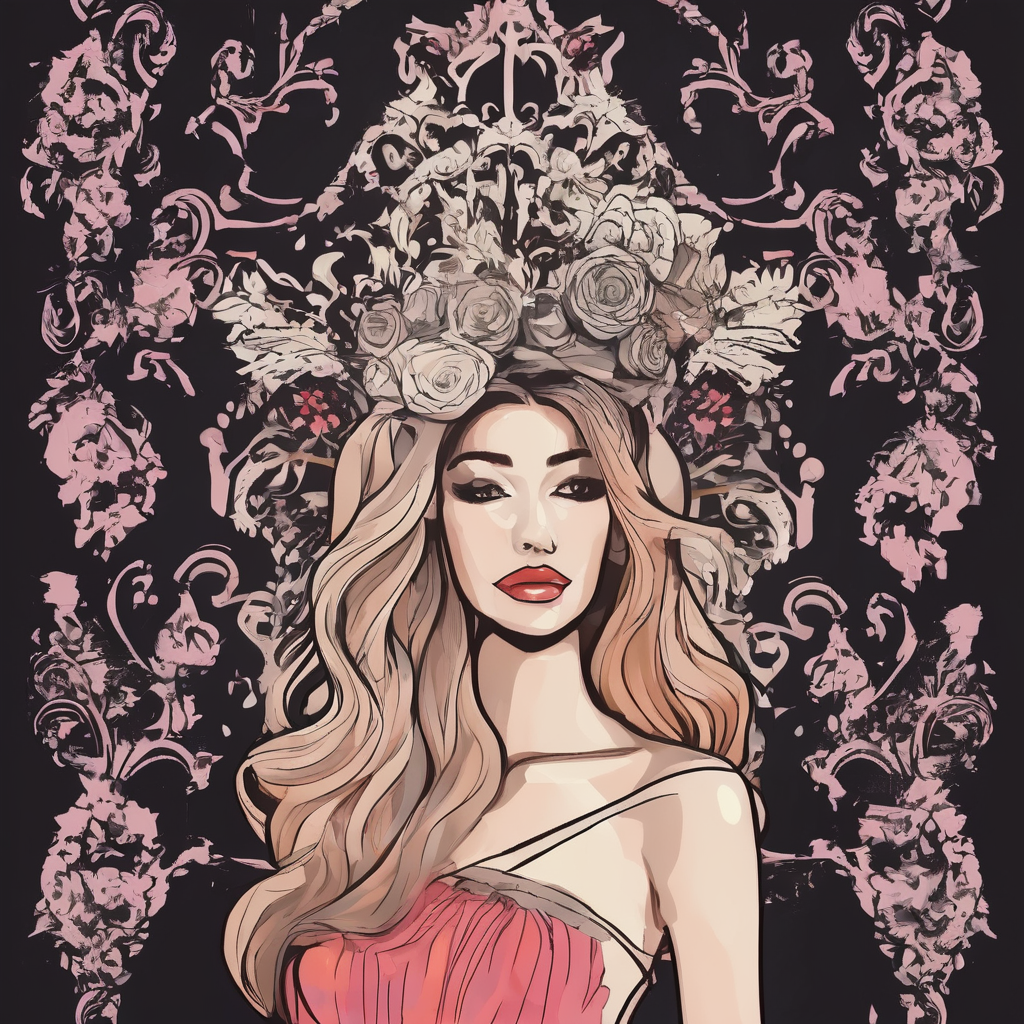As we all know, the UK weather is fickle. One moment, the sun is shining, and the next, it’s a downpour. This unpredictable climate can make dressing up a challenge. How can you stay comfortable and stylish in such conditions? The key lies in your choice of fabric. This article will explore some of the best fabrics for transitional outfits that can help you navigate the UK’s weather changes with aplomb.
Dressing for the Unpredictable UK Weather
Before we delve into the specifics, let’s tackle the elephant in the room. Yes, the UK weather is unpredictable, but that doesn’t mean you can’t be prepared. The trick is to choose fabrics that are versatile and adaptable.
Additional reading : Discover unique steampunk dresses for every style
When it comes to transitional outfits, the idea is to layer your clothes in a way that allows you to adjust to sudden shifts in temperature. The fabrics you choose should be breathable, moisture-wicking, and comfortable for both warm and cool conditions.
The Magic of Cotton
Cotton is an all-time favourite for many, and for a good reason. Its breathability and moisture-wicking properties make it an excellent choice for unpredictable weather conditions. Cotton garments can keep you cool when it’s warm and provide a layer of warmth when it’s cool.
Topic to read : Find your perfect lucky bees bag at amazing discounts!
Another advantage of cotton is its versatility. It can be woven into a variety of textures and thicknesses, making it suitable for different types of garments. From lightweight cotton blouses for warmer days to heavier cotton sweaters for when the temperature drops, this fabric has you covered.
The Versatility of Wool
Contrary to popular belief, wool isn’t just for winter. Lightweight wool can be an ideal fabric for transitional outfits. It can regulate body temperature very well, keeping you warm when it’s cool and cool when it’s warm.
Wool also has excellent moisture-wicking properties, which can keep you dry during sudden rain showers. Additionally, it’s known for its durability, so garments made from this fabric are bound to last you through several seasons.
Of course, not all wool is created equal. For transitional outfits, you might want to opt for merino wool, which is known for its softness and lightweight properties.
The Comfort of Rayon
If you’re looking for something lightweight and breathable, rayon is a good option. It’s a man-made fabric derived from natural sources like wood and agricultural products, making it a more sustainable choice.
Rayon drapes well and feels smooth against the skin, adding a touch of luxury to your transitional outfits. It’s also absorbent, which means it can keep you dry and comfortable during unexpected showers.
However, rayon isn’t as durable as cotton or wool, so handle with care. Avoid wringing it dry to maintain its shape and structure.
The Convenience of Blended Fabrics
Sometimes, the best fabric for transitional outfits is a blend of two or more materials. Blended fabrics combine the best attributes of different fabrics, resulting in a versatile material suitable for a range of weather conditions.
For example, cotton-polyester blends are common in casual wear. These pieces are breathable and comfortable due to the cotton, while the polyester adds durability and wrinkle-resistance.
Another popular blend is cotton and elastane, often used in jeans. The cotton provides breathability, while the elastane adds stretch, ensuring your jeans stay comfortable even as the weather changes.
Choosing the right fabric for your transitional outfits can make a world of difference in your comfort and style. Whether you choose cotton, wool, rayon, or a blend, remember that the best fabric is one that suits your personal style and lifestyle needs. After all, fashion is not just about looking good – it’s also about feeling good.
The Uniqueness of Linen
Linen is another fabulous fabric for transitional outfits. Known for its exceptional coolness and freshness in hot weather, this fabric is also a great option for warmer days. Linen is made from flax plant fibres, making it a natural and eco-friendly choice.
Because of its loose weave, linen allows more airflow and its structure means it stays away from your skin allowing better airflow over your body. This means it’s highly breathable and perfect for those unexpectedly warm UK days. Moreover, linen is a hardy fabric and can absorb a fair amount of moisture before it will start to feel damp. It’s also quicker to dry than other fabrics, a boon when those sudden downpours catch you unprepared.
However, there’s a trade-off. Linen is notorious for its wrinkles. But don’t let that put you off. A little crumpling adds character and a casual, lived-in look that’s perfect for daywear. Plus, many consider the wrinkles a part of linen’s charm.
The Elegance of Silk
Last but not least, let’s talk about silk. This luxurious fabric might not be the first thing that springs to mind when considering transitional materials, but it’s an excellent choice for the unpredictable UK weather.
Silk is a natural temperature regulator, helping you to stay cool on warm days and insulating you during colder weather. This makes it an ideal fabric for layering. A silk blouse under a wool cardigan, for example, can be a chic and comfortable combination.
Additionally, silk is highly absorbent and can wick moisture away from the skin. This means that it can keep you dry during those sudden shifts from sunshine to rain. On the downside, silk requires a bit more care than other fabrics. It’s best to hand-wash silk items or use the delicate cycle on your washing machine.
Conclusion
The UK weather may be unpredictable, but that doesn’t mean your wardrobe has to be. With a little thought and planning, you can create a collection of transitional outfits that will see you through the changing seasons in style and comfort.
The key is to choose fabrics that offer versatility and adaptability. Whether it’s the breathability of cotton, the temperature regulation of wool, the luxurious feel of silk, the convenience of blended fabrics, the coolness of linen, or the comfort of rayon, there’s a fabric out there to suit every weather scenario.
Remember, in the end, the best fabric is one that not only suits the weather but also aligns with your personal style and ethical considerations. After all, fashion isn’t just about the fabric, it’s also about how you feel wearing it.











